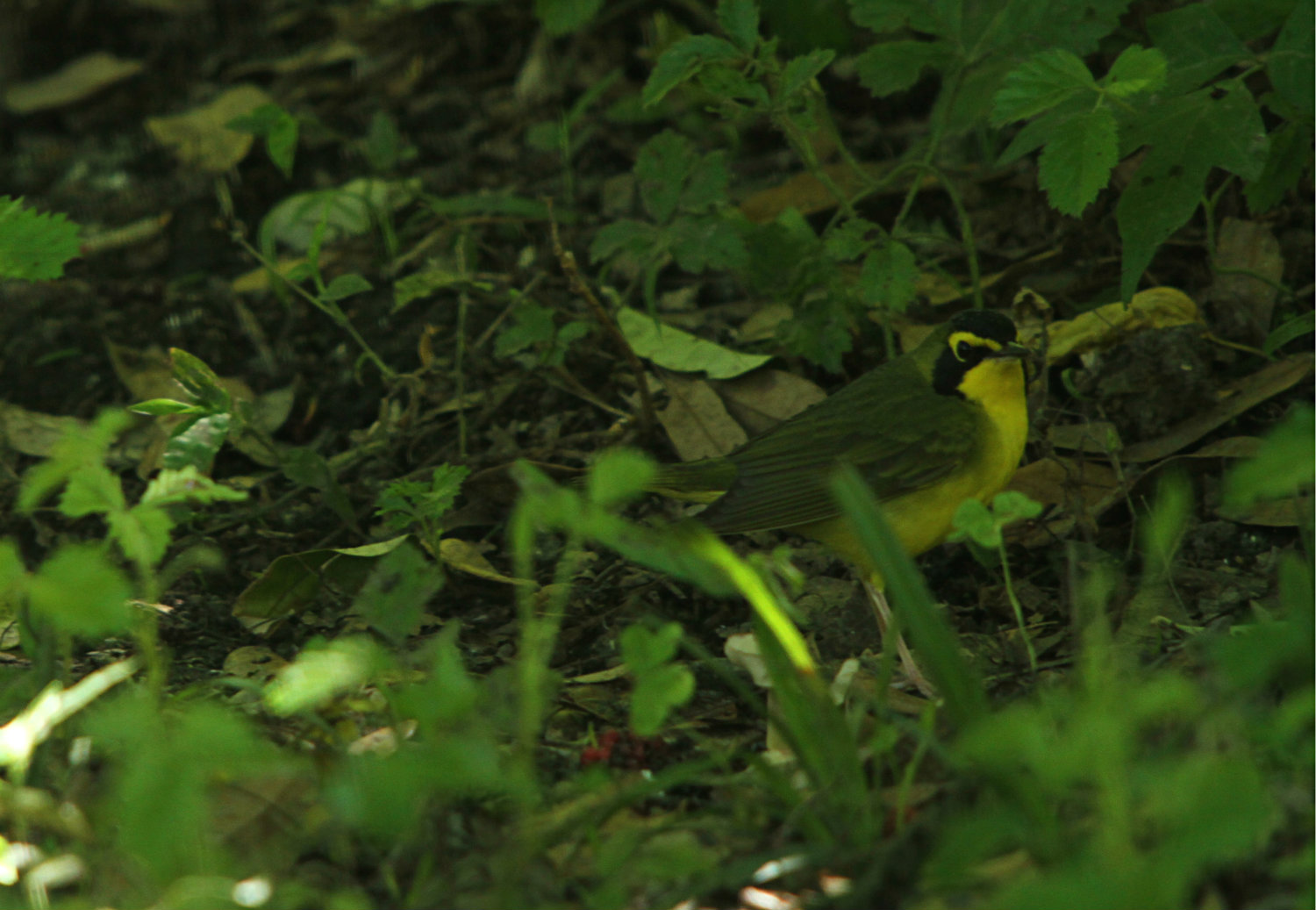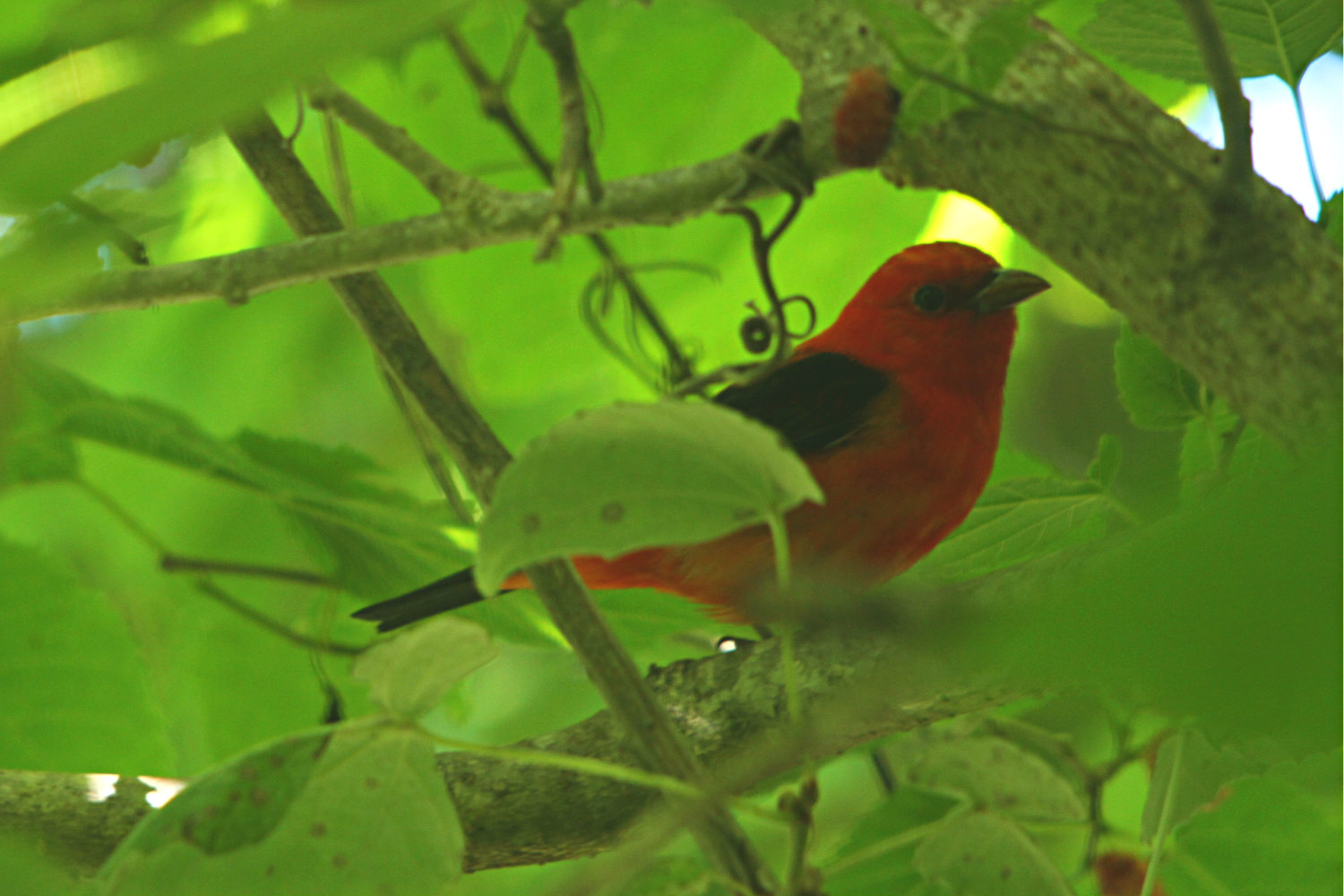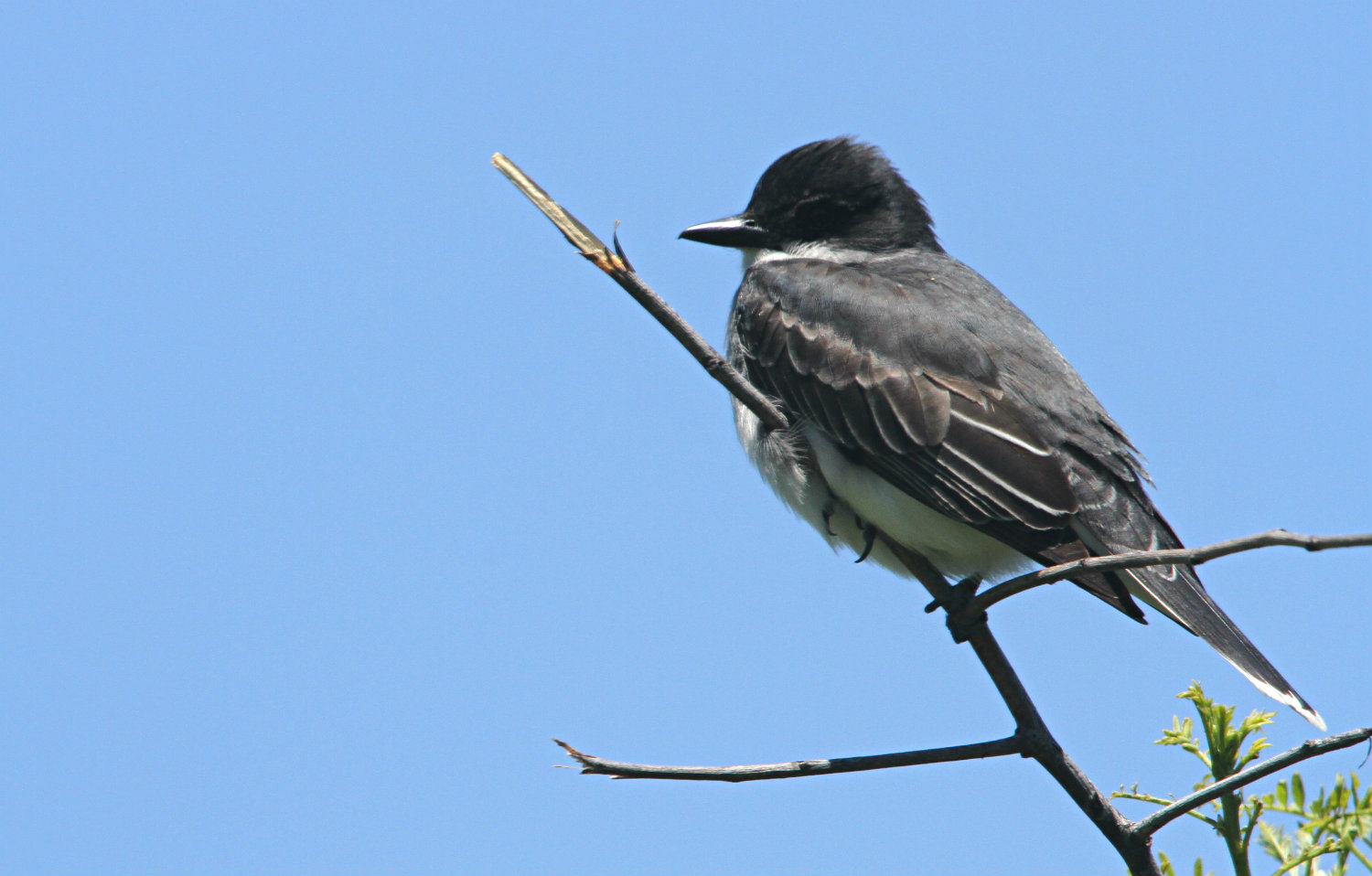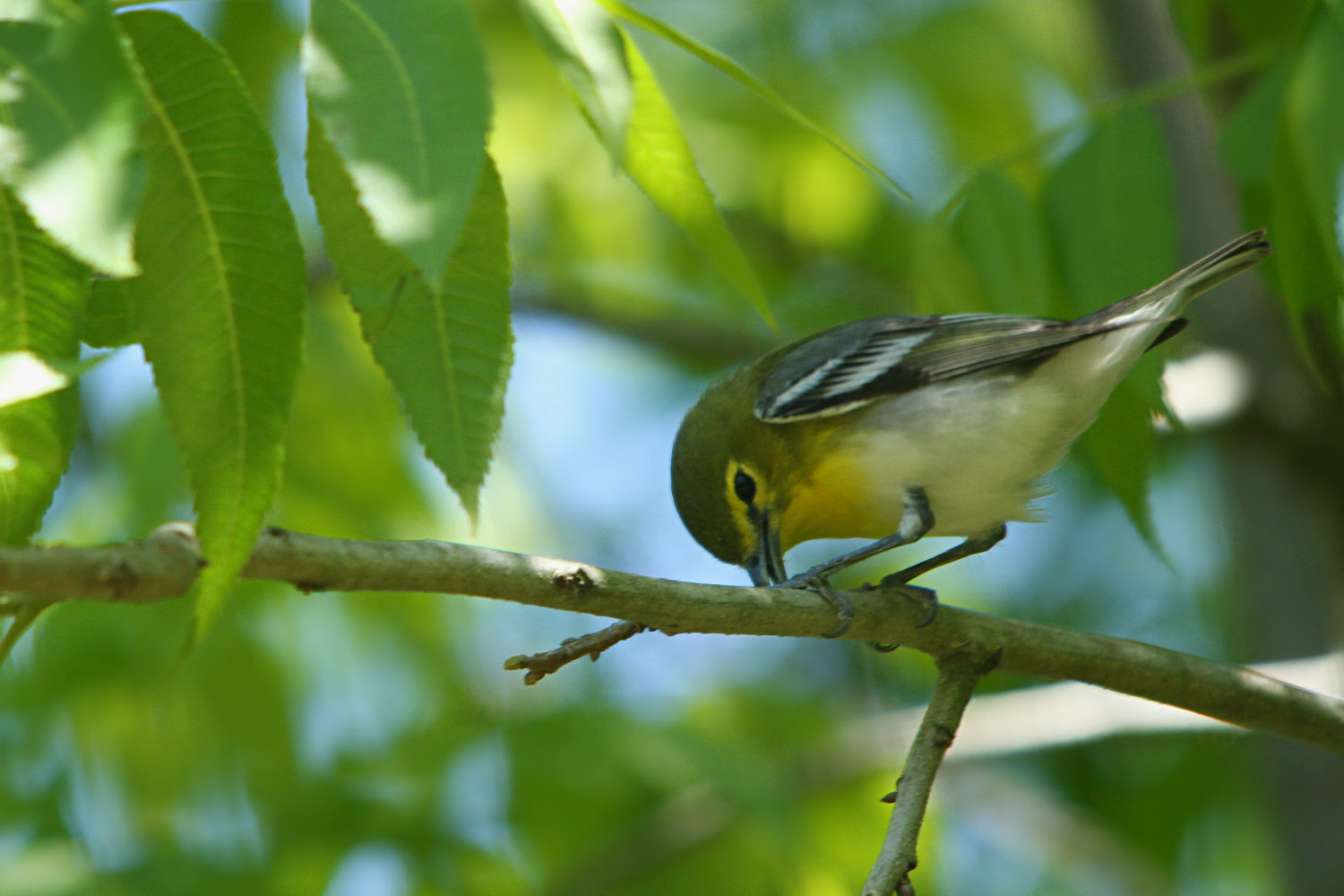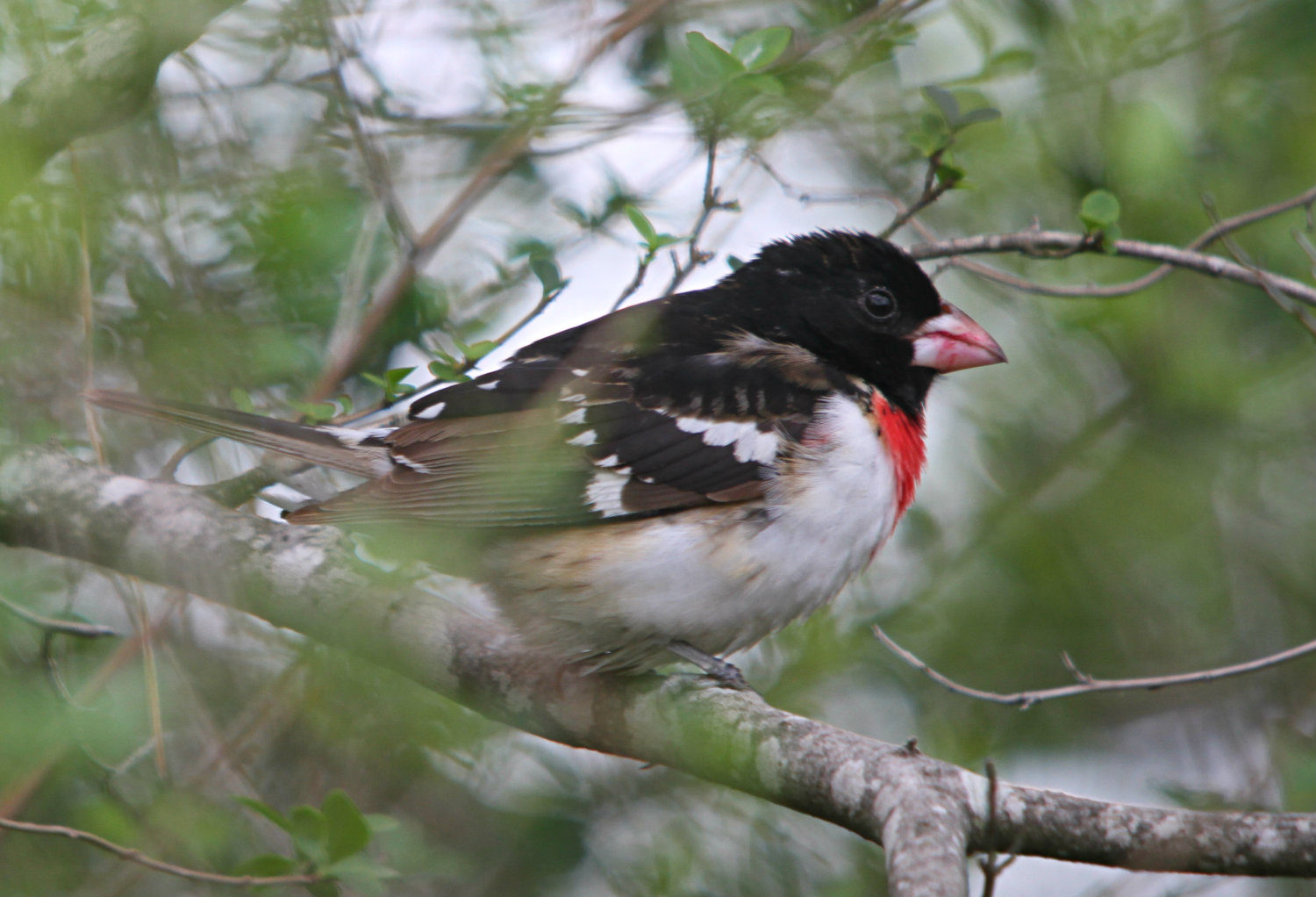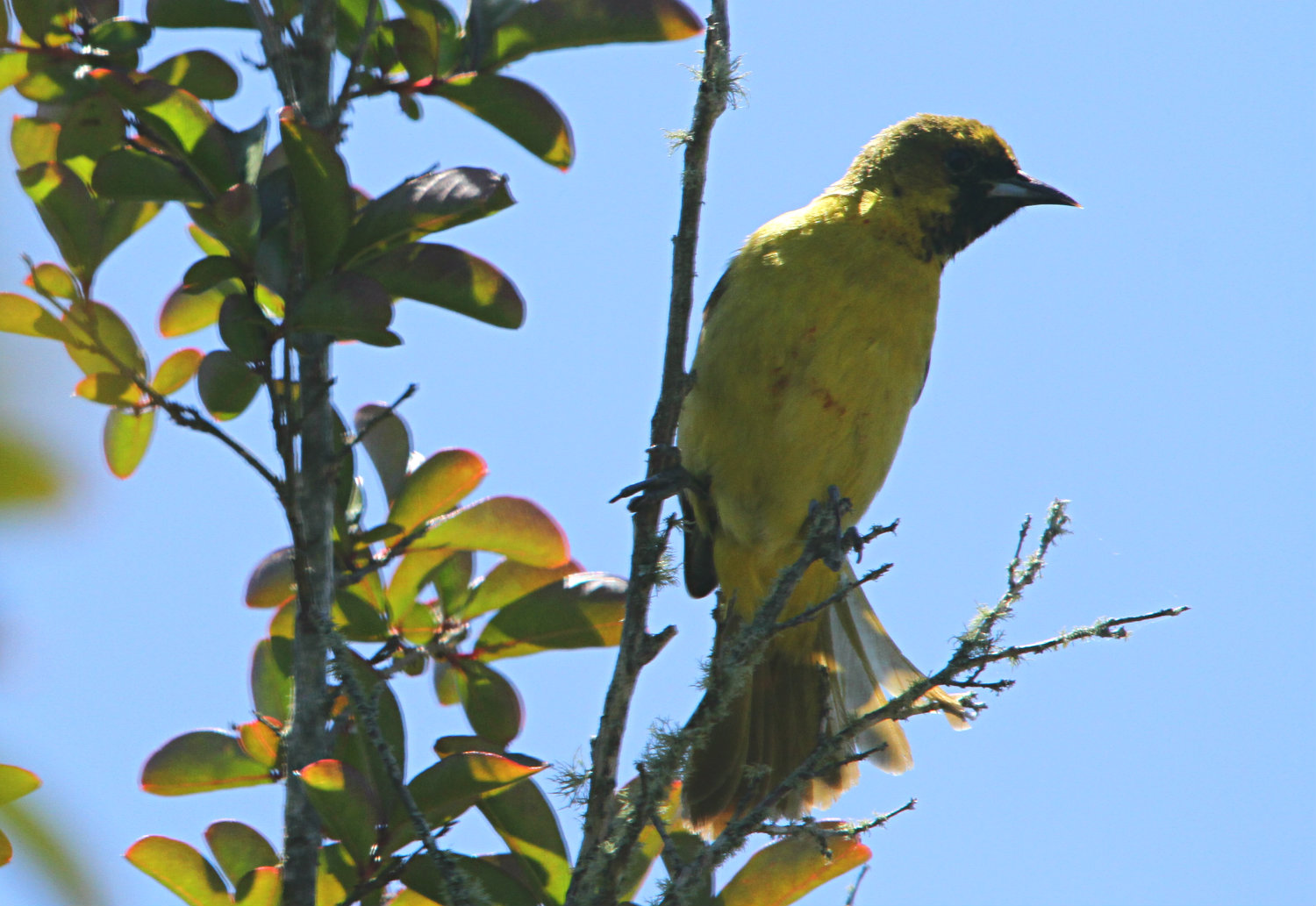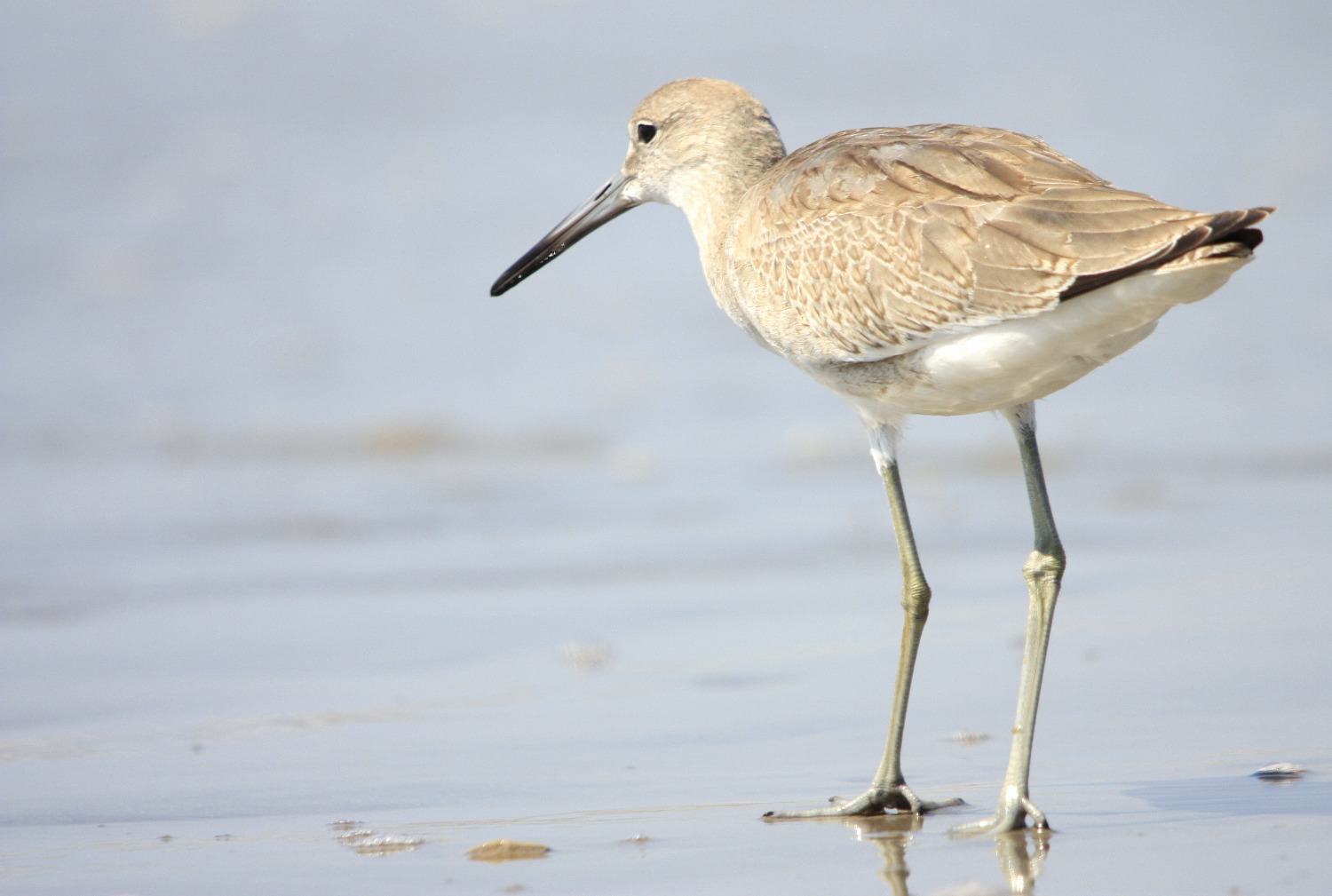Posted by Matthew Sim
Spring migration is starting to wind down here in Texas and I had still not been to the coast, thanks to a very busy schedule. This was made very painful a little over 2 weeks ago, when on Thursday, April 26th, a cold front grounded migrants and created a massive fallout of birds at coastal hotspots; what many locals were calling the best birding to be had in over 15 years. And I was stuck at school. Friday, there were still migrants everywhere. People were being told to try to avoid stepping on tired migrants that collapsed exhausted by the dozens on paths and lawns. And I was still stuck in school. Well surely I could get out on the weekend? Nope, weekend was already chock full of chores and commitments.
Finally though, on the Sunday I had the day off and I convinced my mom to chauffeur me down to High Island. She agreed (after a little while!) and we set off; though the weather forecast wasn’t going to create a fallout, I was still hoping for some good birds.
We arrived at Boy Scout Woods, a sanctuary run by the Houston Audubon at around 10:30 in the morning. The day got off to a great start when a very tame male Kentucky Warbler put on a show at one of the many small ponds and drips.
Things were looking good and as I walked through the woods I soon found my first Scarlet Tanagers and Black-and-white Warblers of the day.
I carried on through the woods, seeing more thrushes, vireos, tanagers, flycatchers, grosbeaks, orioles and warblers, including a Worm-eating Warbler which scurried about in the undergrowth, giving me only fleeting glimpses. Things started to quiet down apart from dozens of catbirds and a very vocal Eastern Kingbird.
After an hour and a half, with fewer and fewer birds showing up, we decided to head over to another Houston Audubon run sanctuary, Smith Oaks, famous for its heron rookery. Before we left though, we stopped by at a house across from Boy Scout Woods whose front yard was covered in bottle brush and attracted many birds including Baltimore and Orchard Orioles; Tennessee, Chestnut-sided and Canada Warblers and Ruby-throated Hummingbirds.
As we left this property, we spotted a Common Nighthawk perched on the street, content to just sit quietly. From there it was on to Smith Oaks! The trip to Smith Oaks will be posted tomorrow, stay tuned.
